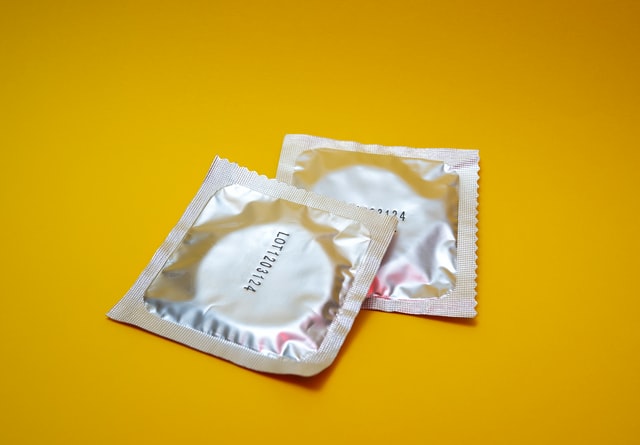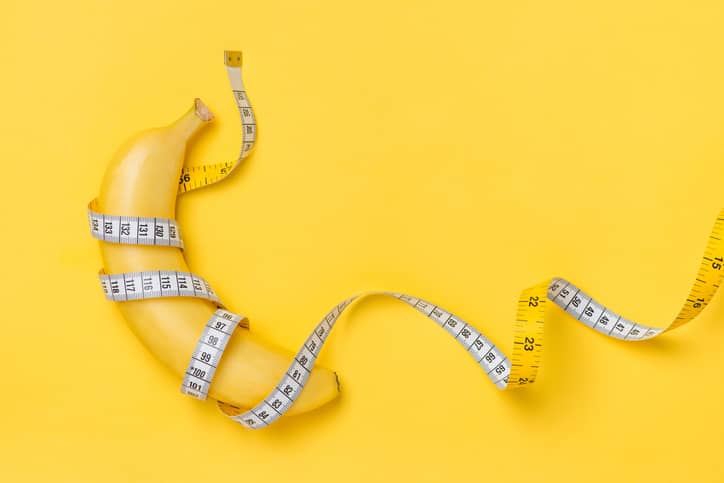Are you having trouble finding the right condom size for you? We get it. It can feel awkward to get out a ruler or tape measure and start measuring your penis.
But did you know that wearing the wrong-size condom can make sex uncomfortable? And, more importantly, it might not provide proper protection. So read on to learn more about condoms, why size matters and how to find the right fit for you.
Why do I need a condom that fits well?
There are many types of contraception, but condoms are the only method that protects against both pregnancy and sexually transmitted infections (STIs). There are 2 types: external (or male), which are worn on a penis, and internal (or female), which are worn inside a vagina.
Here, the focus is on external condoms – for more information about both, you can read condoms (male and female).
External condoms are 98% effective, if you use them properly every time you have sex. This means that a condom needs to be:
- the right size
- worn the right way
- undamaged
- in date (there will be a use-by date on the packaging)
- used once only
Penises vary in size, and just as you need to wear the right-size clothes, you need a condom that fits well. Using the wrong-sized condom can increase the risk of pregnancy and STIs, and may affect your ability to orgasm, too.
A condom that’s too small will be tight, which can be uncomfortable and means it’s more likely to rip or burst. On the other hand, a condom that’s too big will be loose around the tip or base of the penis, so it’s more likely to slip off during sex.

How do I know what condom size is right for me?
Before you buy condoms, it’s a good idea to measure your penis. To get the right size, you need to measure it when it’s hard (erect) – otherwise you might end up buying condoms that are too small.
Use a ruler or measuring tape to check the length, girth (thickness) and width of your erect penis.
For length, measure from the base (lightly pressing on your pubic bone) to the tip of your penis. A ruler might be easier than measuring tape here.
For the girth, use a flexible measuring tape and gently wrap it around the thickest part of your penis. If you don’t have a measuring tape, you can use a piece of string, then measure it with a ruler.
And to work out the width, simply divide your girth measurement by 3.14.
When it comes to finding the right-size condom, the girth of your penis may be more important than the length. The condom should feel comfortable on and not fall off.

What are the different sizes of male condoms available?
Condom sizes will usually be stated on the packaging. There are generally 3 types:
- smaller fit condoms, which may say ‘snug’, ‘trim’, or ‘close fit’
- regular fit condoms, sometimes called ‘standard’
- larger fit condoms, which often say ‘XL’
Condom makers have to follow International Organization for Standardization (ISO) guidelines, but these guidelines do allow for a certain range in width and length measurements. This means that what’s called ‘regular’ in 1 brand of condom may be ‘large’ in another.
Of course, measurements aren’t always going to be 100% accurate, so it’s a good idea to check if your chosen condom fits before you use it. There are also a lot of myths and misunderstandings about condoms, so make sure you know the facts.
Key points
- condoms help prevent pregnancy and the spread of sexually transmitted diseases (STIs)
- a condom that’s too small can be uncomfortable and may break
- a condom that’s too big can slip off
- you can measure your penis to find out what size you need
- there are lots of different sizes and types of condom, so you can find what’s right for you






